Category: Concepts
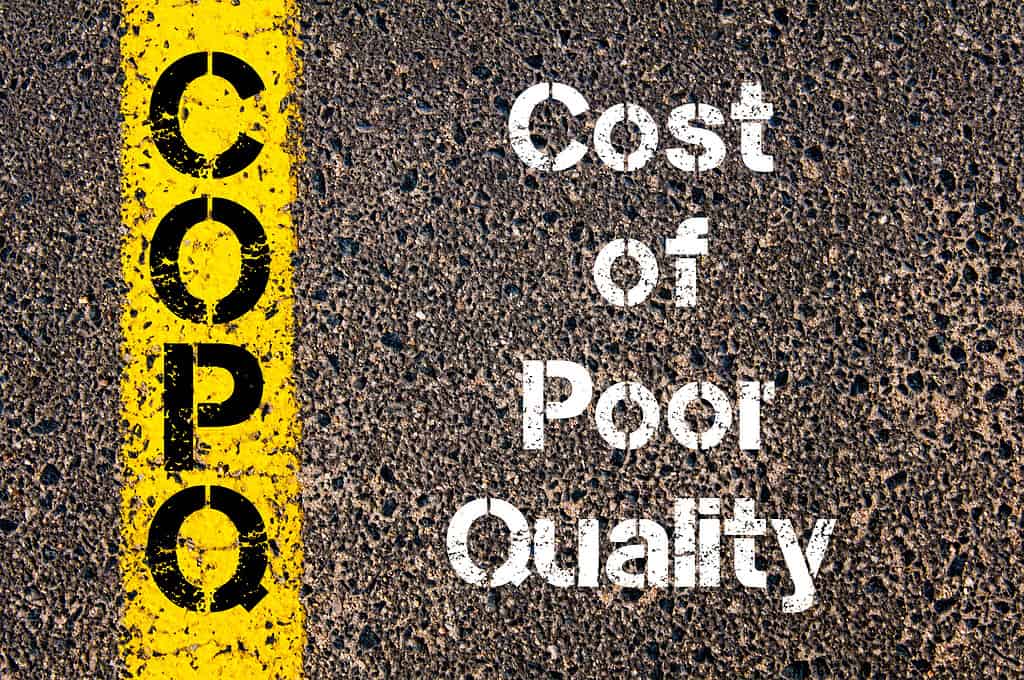
How Poor Quality Affects Your Bottom Line
Updated:Cost of poor quality, also known as COPQ, are the direct and indirect costs associated with the defects generated by a process. COPQ impacts the financial bottom line in both the short and long term, so it’s important to address quality errors in a timely manner.
Read more »
Know What’s Important When Drafting Critical Elements
Updated:What is performance in the workplace judged upon? What makes an exceptional worker? Being able to boil down the most important features is key to pinpointing the expectations of a worker’s performance. These key features are the critical elements. Overview: What is a critical element? A critical element can be defined as an aspect of […]
Read more »
Control Measures: Maintaining the Gains of Process Improvement
Updated:When you make improvements to your processes, that is not enough. It is important to put measures in place that ensure that the work that has been done can be sustained.In the DMAIC process, your problem is defined, measurements are taken, analysis occurs, and improvements are made. After all of this, comes the final control […]
Read more »
Cost of Conformance (COC)
Published:Conformance is a term that refers to the degree to which a product, service, or system meets its specified requirements. It is the total of all expenses incurred by a company to meet a target quality level for a product or service.
Read more »
Total Cost of Quality: The Key to Improving Organizational Performance
Updated:Is quality free, as claimed by quality expert and author Philip Crosby? Or, is there a cost of quality (COQ) that your organization needs to understand and manage?
Read more »
Lessons from Defects: How to Improve Processes and Enhance Customer Satisfaction
Updated:Defects are products or services that fail to meet customer requirements. By understanding defects created, we can work to reduce or eliminate them and ensure customer satisfaction.
Read more »
The Power of Customer Relationship Management In Your Business
Updated:The general concept of developing relationships with customers is certainly not strange to the business world. However, leveraging tailored digital solutions to take this concept to the next level in practice is relatively new. Modern CRM leverages digital infrastructure and tools to improve how businesses interact with people. Overview: What is customer relationship management? CRM […]
Read more »
The Importance of Understanding LSS Customer Philosophy
Updated:An in-depth look at the Lean Six Sigma customer — who they are, why they’re important, and how to win lifelong loyalty.
Read more »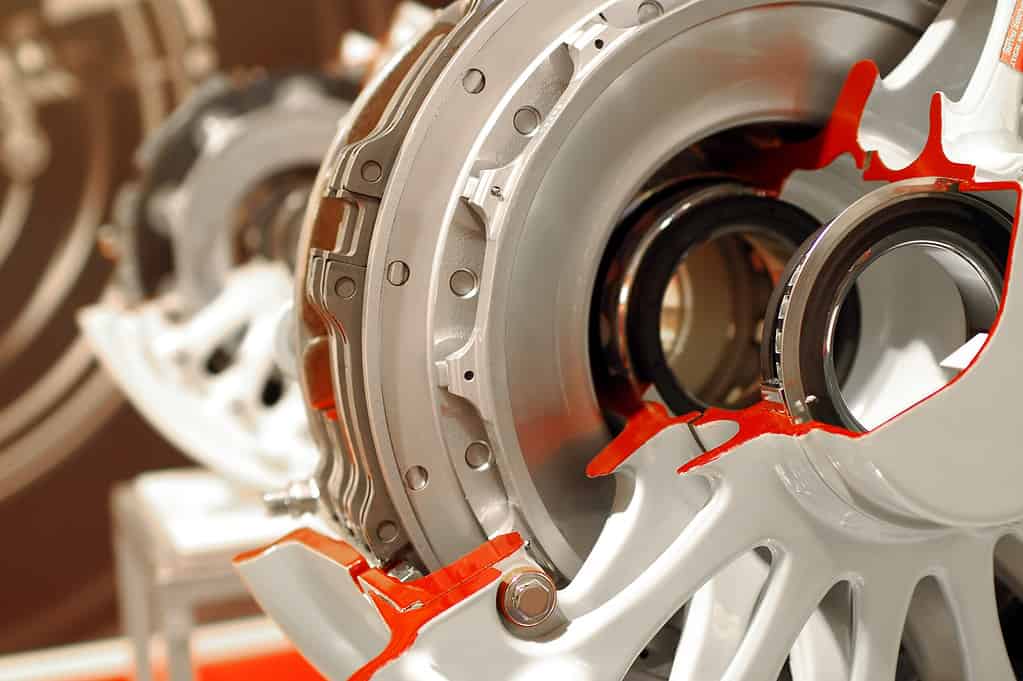
Improving Product Quality by Managing Consumers Risk
Updated:When doing hypothesis testing, there is a risk of making two types of errors. One of them is the consumer’s risk, which is when the null hypothesis is rejected when it shouldn’t have been.
Read more »
The Necessity of Control Plans in Process Evolution
Updated:If you stretch a rubber band and let it go, it will snap back to its original position. The same is true of your any process improvements you make. The control plan is intended to help you maintain the gains you have achieved.
Read more »
What is Continuous? A Complete Guide
Updated:Having a continuous approach in your organization can be both positive and negative, depending on what it is in regard to. When it comes to improvement, being continuous is ideal. Striving for continuous improvement in your organization furthers the success of your company. Striving for continuity in other aspects, however, can be detrimental. Overview: What […]
Read more »
The Strategic Importance of Critical to Customer Requirements
Updated:Listening to and engaging with your customer gives a powerful and unique insight into what your products and services should deliver to be successful. By developing a number of Critical to Customer requirements, you can build a strong foundation for customer satisfaction and commercial success.
Read more »
Applying Confidence Intervals to Population Parameter Estimation
Updated:Would you expect the average of a sample to be the same as the average of the population from which it came? No. Why not? Because of randomness and sampling error. How should we handle that? Let’s find out.
Read more »
What is a Defective? A Complete Guide
Updated:Unfortunately, sometimes your process produces unacceptable output. These are usually referred to as defects or defectives. Let’s examine what a defective item is and contrast it with a defect. The Merriam-Webster dictionary defines a defective as: having a defect or flaw or imperfect in form, structure, or function. Simply put, a defect is a flaw […]
Read more »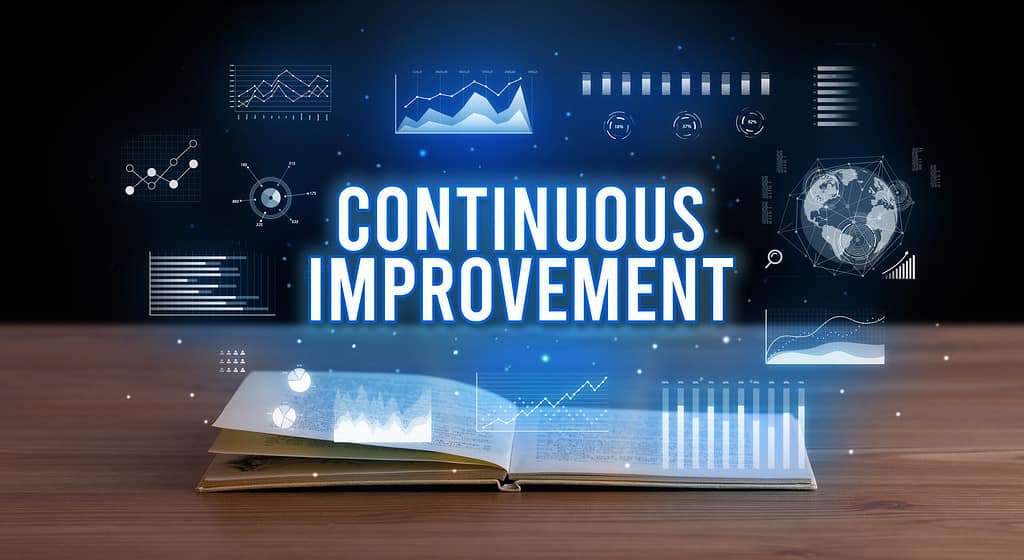
Achieving Quality Through Continuous Improvement
Updated:Competition for products and services is cutthroat, and survival should not be taken for granted. Implementing continuous improvement into your organisation and embedding it into your business culture keeps you one step ahead of the pack, locking in both customer and employee loyalty.
Read more »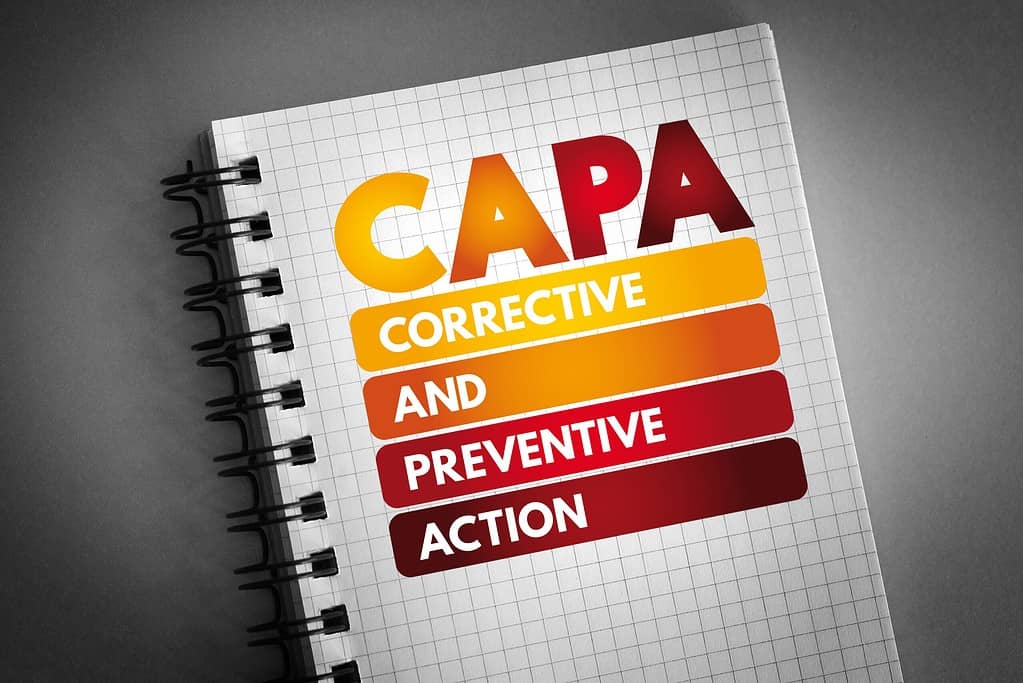
Understanding Corrective and Preventive Action: A Systematic Approach to Problem-Solving
Updated:Often organizations do a root cause analysis after a problem has occurred. Is there something you can do as a preventive action prior to something happening. Let’s learn more about CAPA. Corrective and Preventive Action (CAPA) is a systematic approach used in various industries, including manufacturing, healthcare, and quality management, to identify and address the […]
Read more »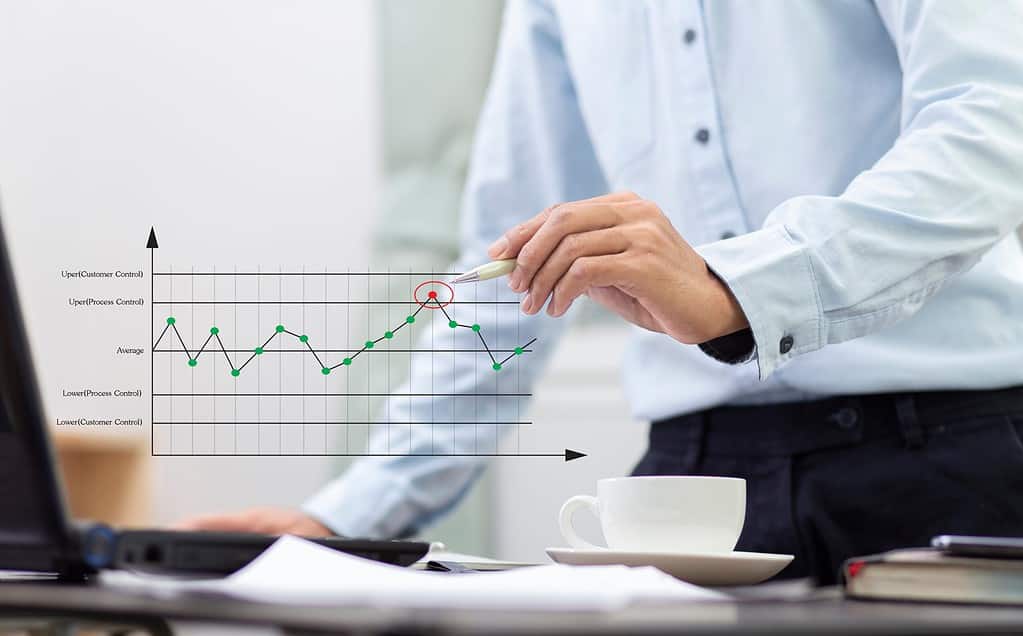
Understanding Common Cause Variation: Managing Process Fluctuation
Updated:No two snowflakes are alike, goes the old saying. Variation is everywhere. But, is some variation predictable and due to the variation in your process, while some is not? Common cause variation is a part of every process. Let’s learn more about it.
Read more »
Driving Organizational Excellence with Business Value Added Initiatives
Updated:“Business value added” refers to the actions the customer may not directly be requiring, but that are necessary for you to stay in business over time. There are safety, preventative, and legal requirements that necessitate these tasks.
Read more »

Explaining the Chi-Square Test: What it is and How it Works
Updated:Is there a relationship between wearing your seatbelt and whether or not you survive an auto accident? Is there a relationship between studying and whether you pass an exam? These are the types of questions a Chi-Square Test can answer.
Read more »
C-Level: A Guide to Senior Management
Updated:C-level has a vastly different definition than sea level. One refers to the levels of senior management in an organization and the other is a measure of elevation. Let’s explore this in a little more detail. When walking through the halls of your organization’s offices, have you heard someone say, “Hey Chief”? Does that mean […]
Read more »
Dashboard Examples
Published:If you look at the dashboard of your car, you will see information related to the car’s performance and the progress of your journey. When you look at your business dashboard, you can see examples of similar information.
Read more »
What Product Characteristics Are and Why They Matter
Updated:There are some set characteristics that make something what it is. We look for common characteristics that make a door a door. We look for certain characteristics in order to be able to call a type of vehicle a car. There are set characteristics for most common things that, when looked at together as a […]
Read more »
Understanding Central Tendency: Measures and Considerations
Updated:Finding the center point of your data set can be deceptively simple. There are a few different methods that you should be aware of when determining the central tendency, which come into play depending on the nature of your data. Determining the center point of your data set can be helpful in a variety of […]
Read more »